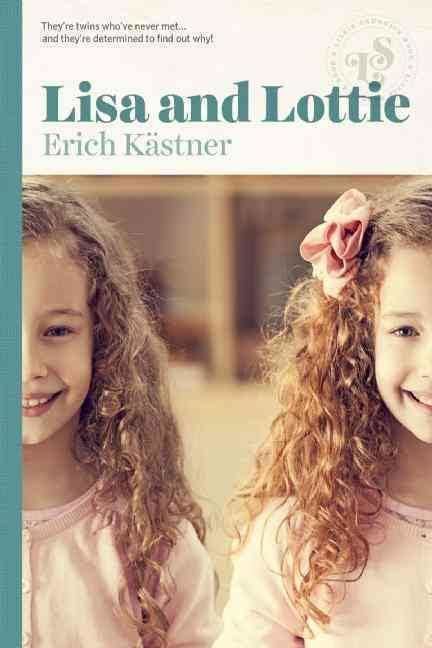Publication date 1949 Genre Children's literature | Originally published 1949 Adaptations The Parent Trap (1961) Country Germany | |
 | ||
Original title 'Das doppelte Lottchen "The double Lottie" Illustrator Illustrated by Walter Trier Similar Erich Kästner books, Children's literature | ||
Lottie and Lisa (original German title: Das doppelte Lottchen "The double Lottie") is a 1949 novel by Erich Kästner, about twin girls separated at birth who meet at summer camp.
Contents
The book originally started out during World War II as an aborted movie scenario. In 1942, when for a brief time Kästner was allowed by the Nazi authorities to work as a screenwriter, he proposed it to Josef von Báky, under the name “The Great Secret”, but before he could proceed the Nazis once again forbade him to work.
After the war, Kästner worked the idea into a highly successful book. Subsequently, it has been adapted into film many times (see below), as well as being translated into various languages.
Plot summary
Two nine-year-old girls—rude Lisa Palfy (orig. Luise Palfy) from Vienna, and respectful shy Lottie Horn (orig. Lotte Körner) from Munich—meet on a summer camp in Bohrlaken on Lake Bohren (orig. 'Seebühl am Bühlsee'), where it is discovered that they are identical twins whose parents divorced, each keeping one of the girls. The girls decide to trade places at the end of the summer so that Lottie will have a chance to get to know her father and Lisa will get to meet her mother. While many adults are surprised at the changes in each of the girls after they return from camp ("Lottie" has apparently forgotten how to cook, gets in a fight at school, and becomes a terrible student, while "Lisa" has begun to keep a close eye on the housekeeper's bookkeeping, will no longer eat her favorite food, and becomes a model student), no one suspects that the girls are not who they claim to be. When Lottie (under the name of Lisa) finds that her father is planning to remarry, she becomes very ill and stops writing to her sister in Munich. Meanwhile, Lottie's mother comes across a picture of the two girls at summer camp, and Lisa tells her the entire story. The girls' mother calls her ex-husband in Vienna to tell him what has happened and to find out why Lottie has stopped writing. When she hears that her daughter is ill, she and Lisa immediately travel to Vienna. At the daughters' request, the parents are reunited.
Film, TV or theatrical adaptations
The story was adapted into film as:
The 1995 film, It Takes Two starring Mary Kate and Ashley Olsen, is also loosely based on the story.
